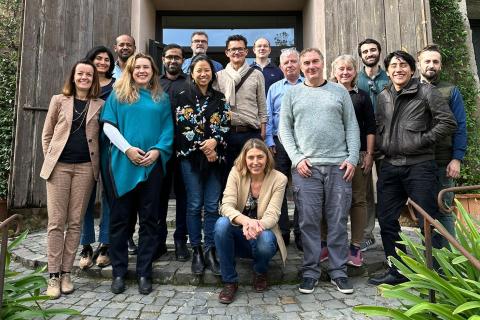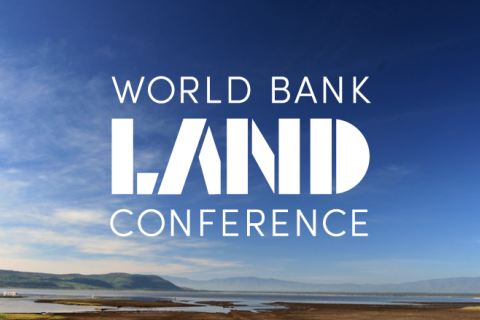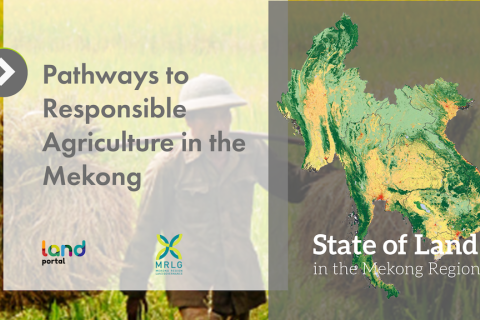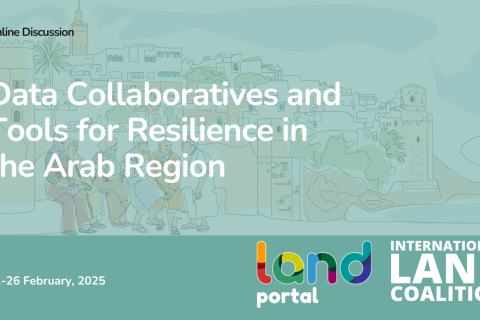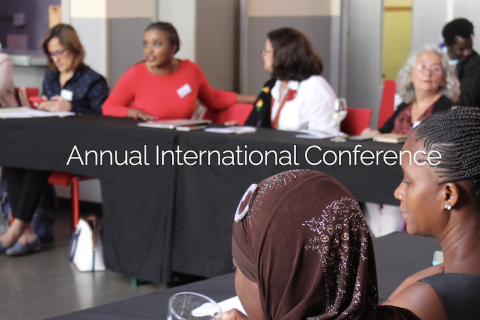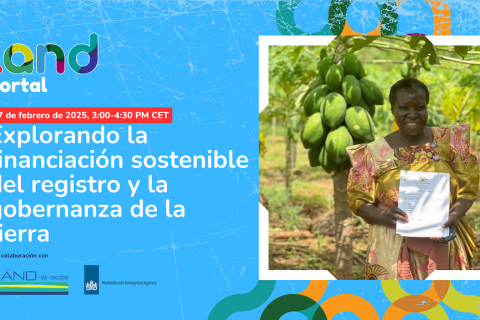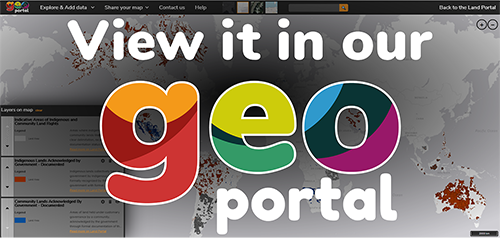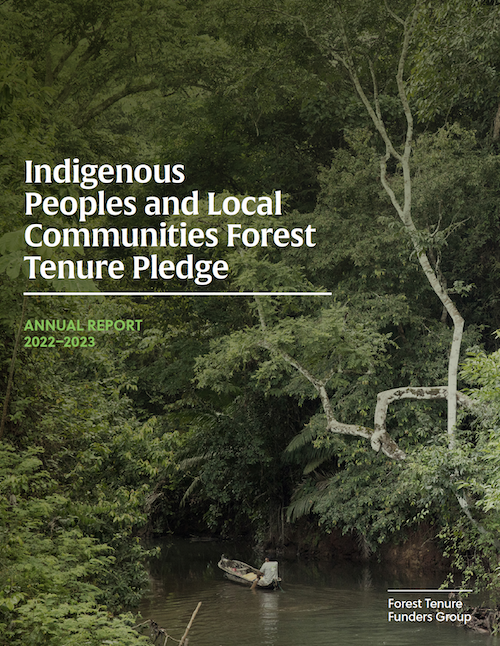Explorando la diversidad, la equidad y la inclusión en el Land Portal
05 Noviembre 2024
Uno de los aspectos más destacados de la Asamblea General Anual de este año fue la formación de un día completo sobre diversidad, equidad e inclusión (DEI) para el equipo del Land Portal y la junta directiva. Facilitado por Project 23, una organización que ayuda a los clientes a crear culturas diversas e inclusivas, el taller de formación nos ayudó a explorar el privilegio y los círculos de control.
Protegiendo el legado de conocimientos sobre la tierra de USAID
05 Febrero 2025
El Land Portal ha seguido con mucha tristeza y preocupación las noticias sobre el cierre de USAID. Durante sus más de 60 años de existencia, la agencia ha actuado en muchos frentes del desarrollo internacional, financiando y gestionando miles de iniciativas para garantizar la buena salud, la educación, la seguridad alimentaria, el empoderamiento de la mujer y, no menos importante, la buena gobernanza de la tierra en muchos países del Sur Global.
Países
Land-locked Laos has the lowest population density in Southeast Asia and livelihoods mostly rely on rice farming and non-forest products. In 2023, the remaining forest cover reached a historic low with 40%. As a result of the Turning Land into Capital Strategy in 2006, the country has experienced massive investments in hydropower, and agricultural and forest concessions. The revised Land and Forestry laws of 2019 recognize customary tenure for the first time. Laos is highly vulnerable to climate stress.
Nicknamed the "country of the distant sunset," due to its western location compared to Levant countries of the Middle East, Morocco is a Maghreb country characterized by a wide variety of natural environments. Its landscapes range from snow-capped peaks to desert areas dotted with oases, arable plains, and oak and cedar forests. Over time, Morocco's rich history has shaped the way land is governed. The Islamization of the country, its colonization, and then its accession to independence successively transformed customary practices but did not entirely eliminate them. This complex history has resulted in a layered land tenure system, with different categories of land established during these various periods existing side-by-side today.
Temáticas
Forests and woodlands provide livelihoods for many communities who rely on timber, firewood, building materials, non-wood forest products, fodder, food, medical plants, and water. According to FAO, more than 2.6 billion people depend on forests and their products and services which are mostly used informally. Despite the importance of forest tenure reform, it has not received enough attention. Forest tenure and property rights determine who owns and manages forest resources.
The SDG Land Tracker provides easy access to official data and information on all land-specific SDG indicators. It concisely explains the indicators, why they are important, and tracks progress.

